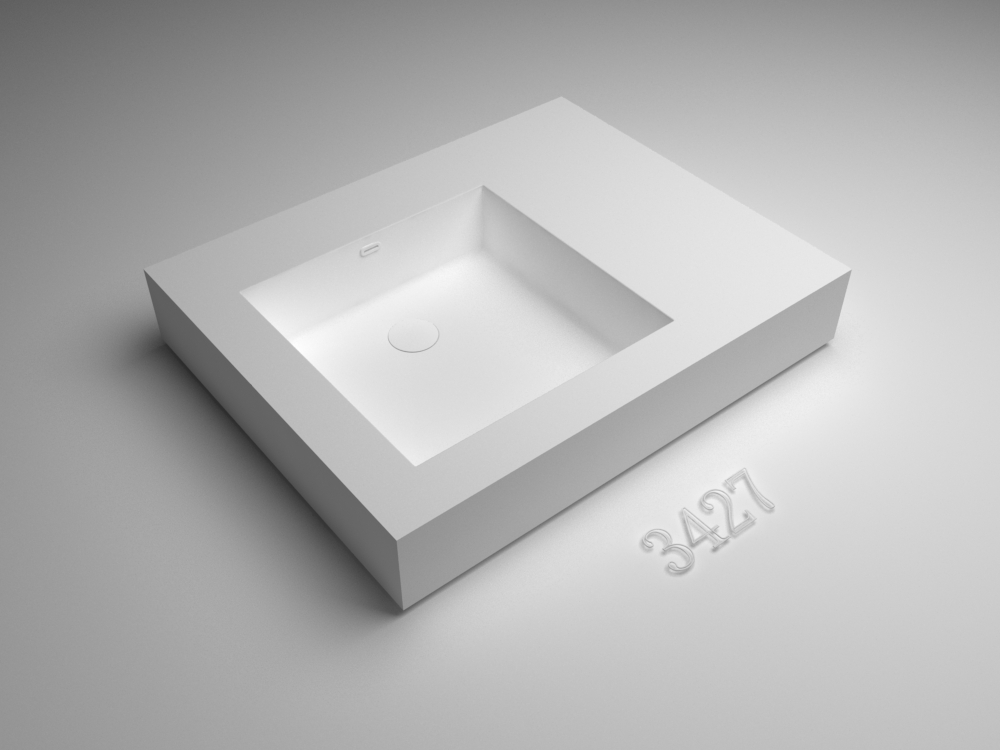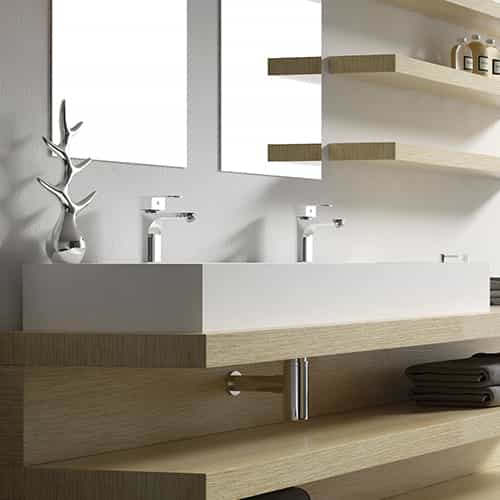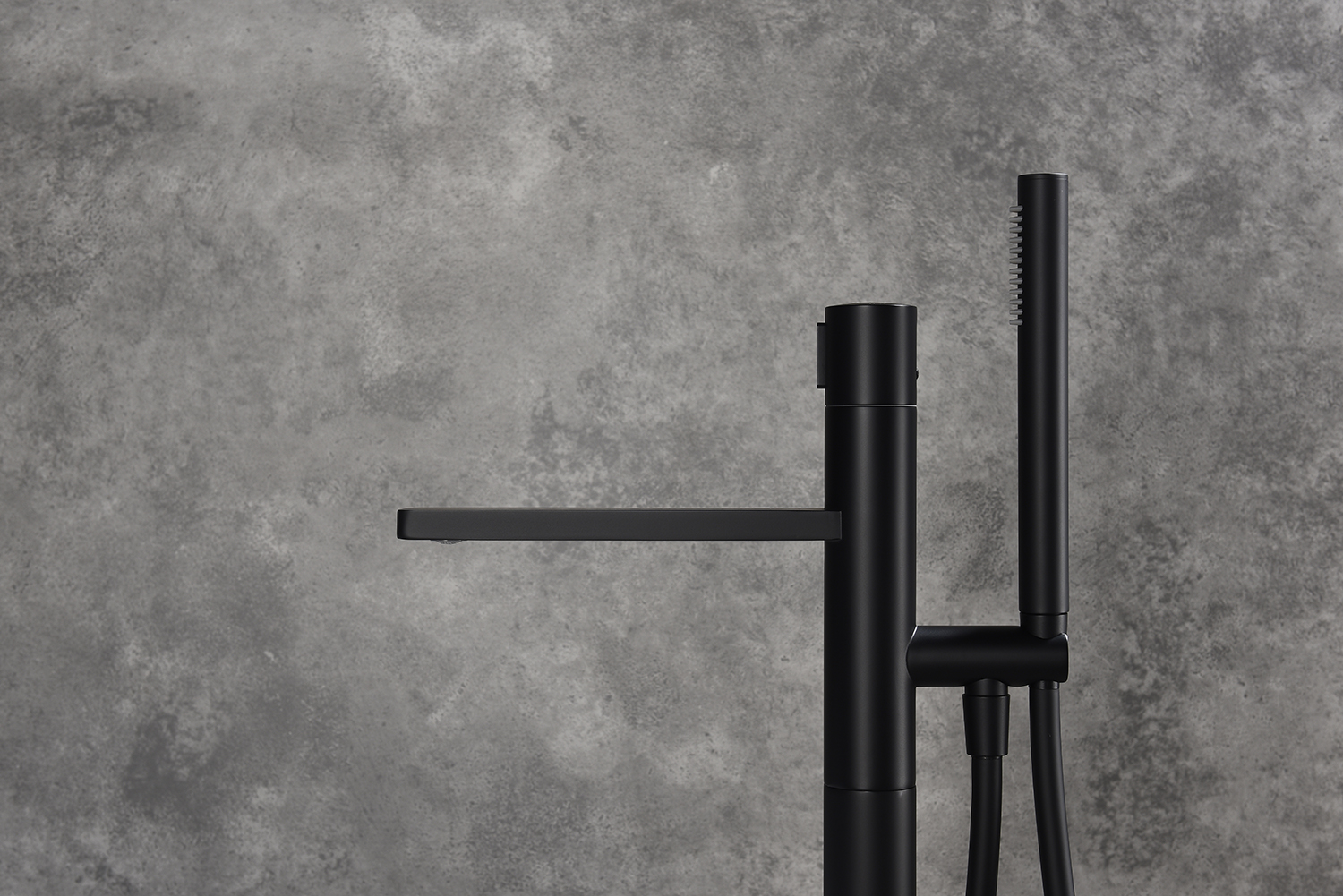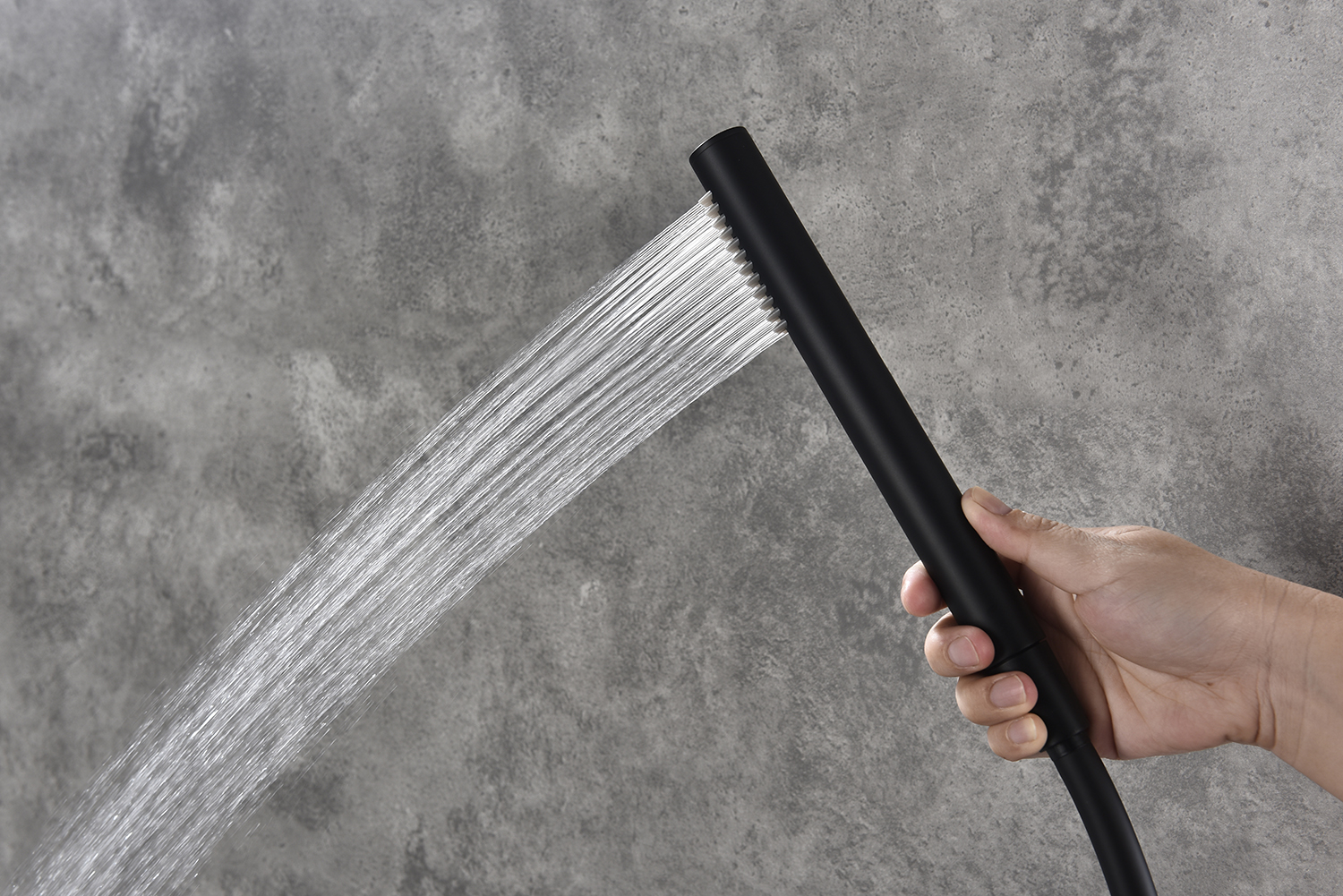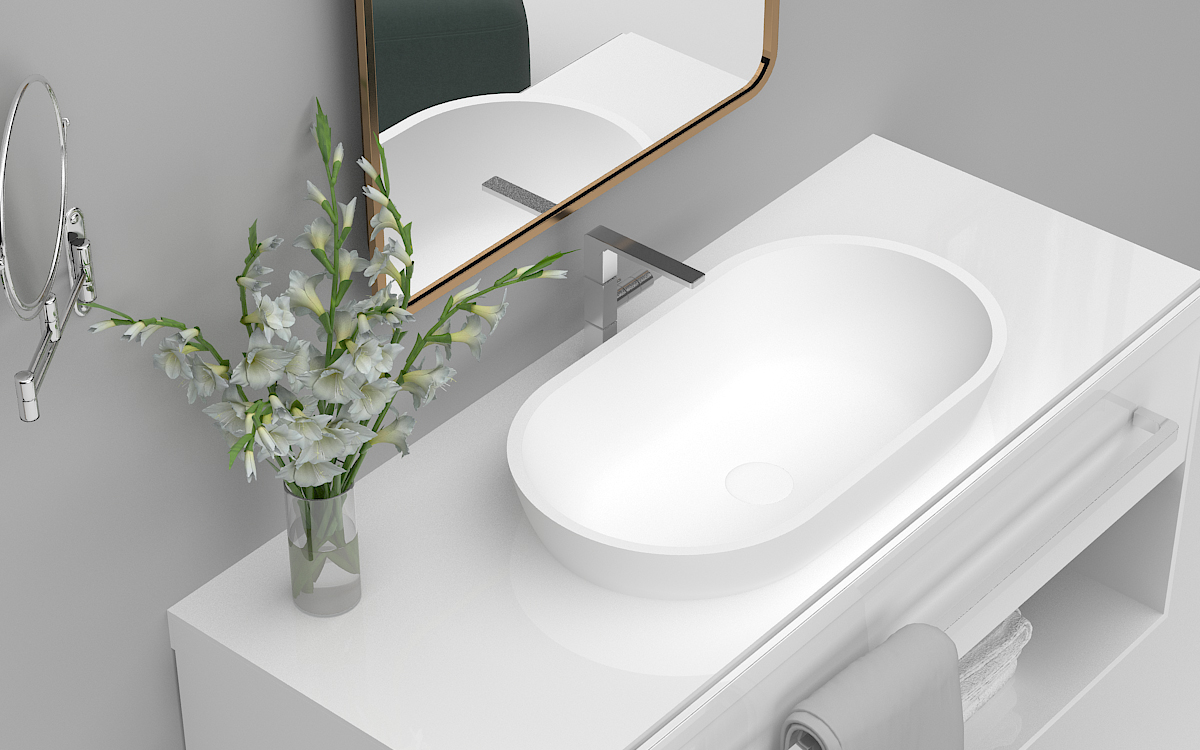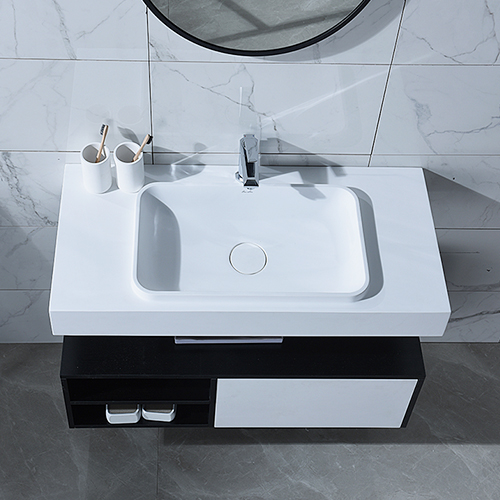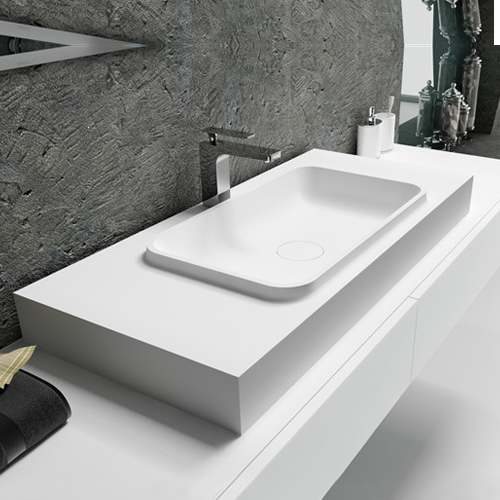 、
、
When doing home decoration, a lot of materials will be applied, so as to achieve the ideal decoration effect. Plexiglass is a popular decorative material in decoration in recent years, so what is plexiglass? Let’s talk about this issue below.
【What is plexiglass】
What is plexiglass? Plexiglass is actually a chemically synthesized substance. Its other name is methyl methacrylate. This name is very professional. Ordinary people call it plexiglass. It is made of a resin material through The synthetic one is essentially a kind of plastic, and the plexiglass is also relatively light and strong, so it can be used in many places.
What is plexiglass? Another common name for plexiglass is acrylic. I believe many people will understand this. The name came from Hong Kong and Taiwan, and it was literally translated from English. Quite a few people here have said the same thing.
The transparency of plexiglass is quite good. According to some experiments, more than 92% of sunlight can pass through, and the hardness is also very high, so it will not be easily broken. Therefore, plexiglass has also been applied to places such as car lights. Moreover, its corrosion resistance is also quite good, and it will not age in a short period of time. Therefore, it needs to be used in quite a few places, and it is also very common, so the price of this plexiglass is relatively close to the people.
【Plexiglass characteristics】
1. High transparency
Plexiglass is currently the best polymer transparent material, with a light transmittance of 92%, which is higher than that of glass. The lamp tubes of solar lamps called mini-suns are made of quartz because quartz is completely transparent to ultraviolet rays. Ordinary glass can only pass through 0.6% of ultraviolet rays, but organic glass can pass through 73%.
2. High mechanical strength
The relative molecular mass of plexiglass is about 2 million. It is a long-chain polymer compound, and the chain forming the molecule is very soft. Therefore, the strength of plexiglass is relatively high, and its tensile and impact resistance are 7-7% higher than ordinary glass. 18 times.
There is a plexiglass that has been heated and stretched, in which the molecular segments are arranged in a very orderly manner, which significantly improves the toughness of the material. Nails are used to nail this kind of plexiglass, even if the nail penetrates, there will be no cracks on the plexiglass. This kind of plexiglass will not break into pieces after being penetrated by bullets. Therefore, stretched plexiglass can be used as bulletproof glass and canopy on military aircraft.
3. Light weight
The density of plexiglass is 1.18g/cm3, and the weight of the material of the same size is only half of that of ordinary glass, and 43% of that of aluminum (a light metal).
Four, easy to process
Plexiglass can not only be cut with a lathe, drilled with a drill, but also can be bonded into various shapes with acetone, chloroform, etc., and can also be processed into plastic molding methods such as blow molding, injection, and extrusion. Canopies, small products such as dentures and trays.
[Use of plexiglass]
Plexiglass is widely used, not only in commerce, light industry, construction, chemical industry and so on. Moreover, the production of plexiglass is widely used in advertising decoration and sand table models, such as: signs, billboards, panels of light boxes and panels of Chinese and English letters.
The selection of materials depends on the shape design. What kind of shape, what kind of plexiglass, color, and variety to use must be tested repeatedly to achieve the best effect. With a good shape design, it depends on careful processing to become a beautiful handicraft.
1. Architectural applications: shop windows, soundproof doors and windows, lighting covers, telephone booths, etc.
2. Advertising applications: light boxes, signs, signs, display racks, etc.
3. Transportation applications: doors and windows of trains, cars, etc.
4. Medical applications: baby incubators, various surgical medical instruments Civilian products: bathroom facilities, handicrafts, cosmetics, brackets, aquariums, etc.
5. Industrial applications: instrument surface panels and covers, etc.
6. Lighting applications: fluorescent lamps, chandeliers, street lamp shades, etc.
7. Household application: fruit plate, tissue box, acrylic art painting and other daily household products








